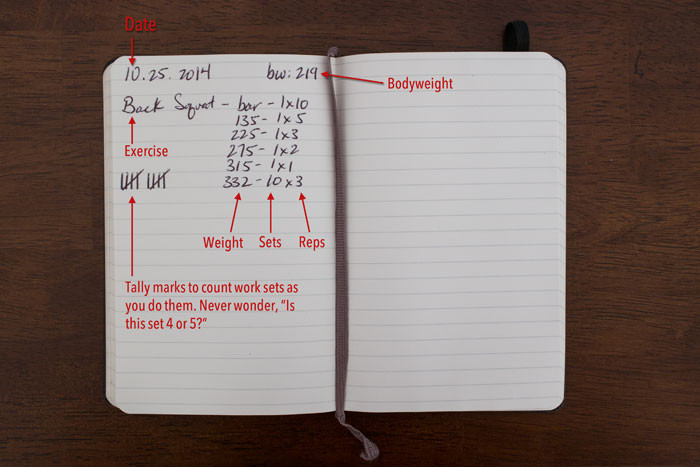Made simple but effective!
Writing your own workouts – it’s a tricky little world that seems confusing from the outside. But let’s strip everything back and keep it as simple as simple can be. Because sometimes simple is good enough.
I am going to talk you through how to write your own full body workout. It needs some main components, like these:
- A dynamic warm up (this can also include some gentle cardio if you like, especially if you workout where it is cold)
- The main session – this includes compound and isolation work for a variety of muscle groups and should also include some single sided work (unilateral)
- A core exercise – this could be programmed in several places – personally I pop it either at the end or superset it with my big lift
- A cool down – not actually necessary but your body will always thank you for it. Just 2 or 3 stretches can be enough. If you stretch elsewhere in your daily routine it doesn’t need to be straight after your workout
So let’s hop in.
Dynamic warm ups are a must. Not a choose if you fancy it. They get your body ready for lifting heavy stuff around, mobilises you, warms you up and helps to prevent injury. Try to include moves for all the main body parts that will be working eg neck, spine, shoulders, hips and ankles. Exercises can include glute bridge, reverse lunge, down dog into cobra, shoulder circles, ankle mobilisation.
Your main session should/can include:
- A power move (I always program these at the beginning, not necessary but good to practise getting power into your lifts) Moves such as power snatch and kettlebell swing work well here
- A big compound lift – a back/front squat, bench press, deadlift, overhead press for example. This should be at the beginning (after warm ups and power moves) so that you have the most energy for it. It should also have the most rest time. It can be superset (put with another exercise) but I generally program something that won’t make you too tired for your next set – a core exercise or a mobility or stability move is great here eg wall anterior tibialis
- A knee flexion movement (if you haven’t already done one) These moves include lunging variations, squat variations, leg press and leg extensions for example and are when your knee bends to put it simply
- A hip hinge movement (if you haven’t already done one) This is where we hinge from our hips, examples include glute bridge, hip thrust and back extensions
- A push movement (if you haven’t already done one) Exactly as it sounds, pushing a weight! These can include horizontal and vertical pushes for example an overhead press, single arm seated press, arnold press, bench press, floor press and push up
- A pull movement (if you haven’t already done one!) You guessed it, pulling the weight. For example, pull ups, lat pulldowns, bent over row, single arm row variations are all included here.
- A core movement (if you haven’t already done one) Remember that working your core isn’t only your “six pack” muscles, so training in a variety of ways for your core is crucial. Moves here can include pallof press, suitcase carry, deadbugs and reverse crunch
Depending on how many times per week you train would also depend if you can get some isolation movements in there too such as bicep curl and tricep extension. If you train more than twice per week it is likely you can get all these movements in somewhere across the week.
It is also important to note that you ideally want to be working some single sided work in each session, so you might choose a lunge or a single sided row for one of your variations.
The more you train, the more you have to play around with, for those who train perhaps twice a week for shorter sessions, aim to get each move in at least once across the week if you can’t fit all of them into one session.
Hope that helps you out!
Sarah


